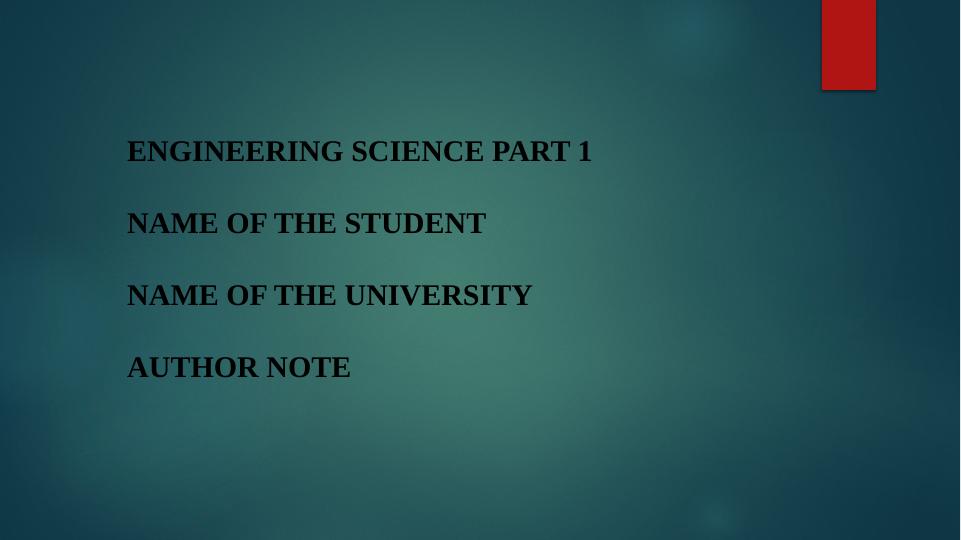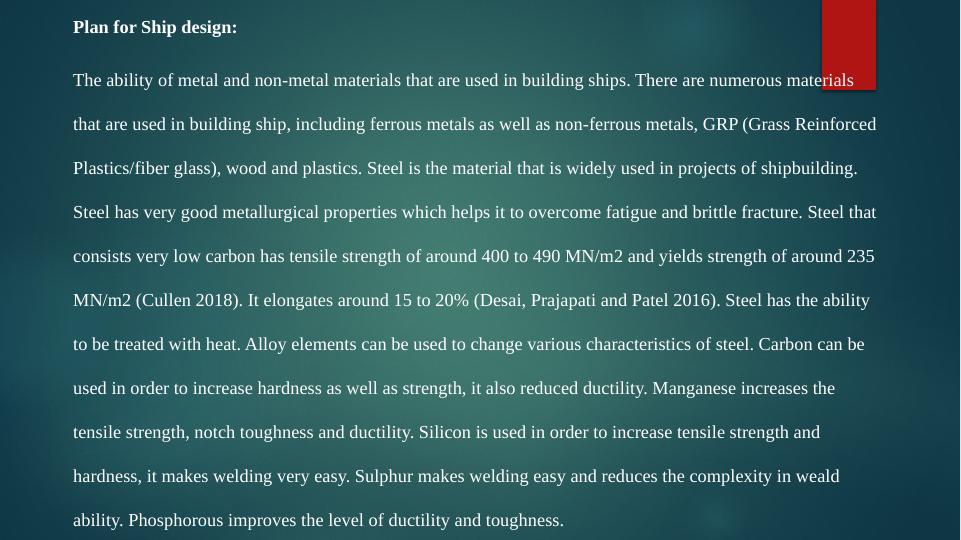Materials and Design of a Cruise Ship: A Scientific Approach
16 Pages2752 Words95 Views
Added on 2023-06-10
About This Document
This presentation discusses the materials and design of a cruise ship using scientific principles such as Archimedes' and D'Alembert's principles. It also covers the changes in materials due to temperature variations and the impact of thermal efficiency on ship performance.
Materials and Design of a Cruise Ship: A Scientific Approach
Added on 2023-06-10
ShareRelated Documents
End of preview
Want to access all the pages? Upload your documents or become a member.
Engineering Science Part 1: Materials, Design, and Principles
|10
|2827
|172
Engineering Science Part 1: Materials, Principles, and Design of Ships
|7
|1881
|258
Shipbuilding: Materials, Design, and Principles
|12
|1898
|495




